In the past year, I’ve written about the media’s pro-Israel bias, as well as the collection of bullshit, power-serving phrases journalists use. Recent reporting on anti-Palestinian pogroms in Jerusalem offers a clear example of both at work.
It’s never a surprise to read reporting in Western media that is biased toward Israel. Western governments uncritically support Israel, newspaper editorial boards follow suit and the reporting you end up with is the result. Regardless, it’s always worth exploring the ways, both subtle and explicit, that this bias operates in order to become more critical readers. That’s what I’ll do here.
Lack of Coverage
To start, the events have received very little coverage in Canadian or United States media. I scanned some major publications in both countries (the Toronto Star, National Post, Globe and Mail, CTV, CBC, New York Times, and the Washington Post) and found that wire copy from Associated Press (AP) and Reuters dominated anything published on the issue. The only instance of unique coverage (whether news articles, opinion pieces, editorials, etc.) was an article in the New York Times, and one in the Washington Post.
Some will argue this is simply due to a lack of newsroom funding, which has hit foreign desks especially hard. Yet the media seems to have no trouble coming up with a deluge of reporting on Israel when it pertains to something deemed to be positive, with a recent example being the vaccine rollout. When it comes to issues that reveal what Israel is at its core, however, there tends to be little reporting. The result is that a more favourable impression of Israel is given to readers over a period of time through story selection alone.
Headlines
The next relevant area for the few articles that exist are the headlines. They’re particularly important because despite what journalists would like, only a small percentage of people read more than a little beyond them, meaning they may be the only impression of the story readers get. They’re also especially relevant here, because while the wire copy used remains the same between publications, the headline is a chance for editorial teams to put their own spin on the story.
The most common issue with the headlines of these stories was the use of phrases that misrepresented the power dynamic. Here are a few examples:
- Israeli police clash with Palestinian crowd in Jerusalem | Toronto Star
- Ramadan nights see Israeli police and Palestinians face off in Jerusalem | National Post
- Israeli police clash with Palestinians as East Jerusalem tensions flare during Ramadan | National Post
- Israelis and Palestinians Clash Around Jerusalem’s Old City | New York Times
As I wrote in September, phrases like “police clash” often serve to “obscure the role police play in instigating violence, and makes it appear as if ‘both sides’ are equally responsible. You may have to go several paragraphs into an article to discover that the so-called ‘clash’ was actually police attacking protesters with batons, pushing them with bikes, using tear gas and then arresting them, with the other side being guilty of doing something as insignificant as throwing a snowball.”
That’s the case here, with well-funded and hyper militarized Israeli police — who used water cannons, stun grenades, skunk spray and other methods — and disenfranchised Palestinians living under military occupation — throwing stones — being portrayed as equally strong and responsible. This trope is by no means unique to Israel’s oppression of Palestinians, but it’s a stark example of it in action. The problem wasn’t limited to headlines either, with it appearing throughout every article on the subject.
Downplaying Jewish Violence
The reporting tended to omit or soften violence committed by Jewish Israelis in a variety of means.
To start, it took days for the AP to report that the Jewish supremacist groups marching through the streets chanted “Death to Arabs.” AP instead reported initially that they were chanting “Arabs get out.” This was true, but omitting the more violent chant from reports downplays what was really going on, and also just fails to capture a newsworthy element of the story. None of the articles I reviewed mentioned that crowds had also chanted, “The people demand Arabs in the fire.” This is inexcusable.
Moreover, nearly every single article I reviewed mentioned a video that was uploaded showing a Palestinian teen slapping an Orthodox Jew on the subway. Meanwhile, only three articles I reviewed mentioned any sort of incidence of Jewish violence toward Palestinians, despite the fact that it was not only happening, but was more frequent.
The New York Times did offer an example, stating, “Jewish youths have been attacking Palestinians in downtown West Jerusalem […] Video clips circulating on social media overnight showed scenes of mob violence such as […] Jewish youths stoning a Palestinian home while children cried inside.”
The two other examples came from the AP (and were mentioned by the Washington Post), with the same quote included in two stories: “The show of force came in response to videos circulated on TikTok showing Palestinians slapping religious Jews at random. Other videos made in response to them appear to show Jews assaulting Arabs.”
Yet even this description reveals how the bias operates. Notice the bolded text? According to the AP, the videos definitely show Palestinians slapped Jews, yet only “appear to show” Jews assaulted Arabs. The result is to make the reader wonder if the latter actually happened, or is just a piece of unverified information.
Moreover, articles that did mention both the Jewish supremacists and Palestinians being attacked by police or these mobs tended to devote a much greater amount of space and detail to describing the perceived negative actions of Palestinians.
For example, an AP article by Joseph Krauss spends the first nine paragraphs detailing Palestinians “clashing” with police. It then spends just three short paragraphs mentioning what the Jewish supremacists were up to, before going back to the Palestinians. This was common in nearly all of the articles I reviewed.
By describing Palestinian violence in great detail and making it the focus of the story, while ignoring or glossing over Jewish violence, the journalists effectively prevent readers from sympathizing with the Palestinians.
Echoing Israeli Propaganda
Beyond whitewashing the Jewish supremacists, reporting has also tended to bolster the views of the Israeli state.
In many cases, this is due to extensive quoting and citing of Israeli officials, with absolutely none of any Palestinians. For example, an April 23 AP article quotes Israeli Prime Minister Benjamin Netanyahu, Israeli chief of staff, Lt. Gen. Aviv Kochavi and a spokesperson for the Israeli army. No Palestinians within Jerusalem are quoted. Only a three word quote from Hamas is included.
This deference to Israel also comes through in other ways. For example, the reports fail to connect the Jewish supremacist violence to the actions of the Israeli state as a whole, or Netanyahu in particular, in the way that they, for example, tied the Capitol Hill riots to U.S. President Donald Trump.
This is of the utmost necessity, because these pogroms are just an extension of what the Israeli state does on a daily basis. The Jewish supremacists are using violence to ethnically cleanse East Jerusalem, which is exactly what Israel has done there, and elsewhere, through a variety of means. Recently, for example, the Jerusalem District Court has been issuing rulings evicting Palestinians from homes they’ve lived in for generations to make room for Jewish settlers.
Moreover, when trying to explain the broader context of the violence, the articles often portray the status of East Jerusalem as something in reasonable dispute. For example, this is how Reuters described it, “Jerusalem is at the core of the Israeli-Palestinian conflict. Israel claims the whole city, including its eastern sector captured in a 1967 war, as its capital. Palestinians seek to make East Jerusalem the capital of a future Palestinian state in the West Bank and Gaza.”
In reality, Israel’s occupation of East Jerusalem is clearly a violation of international law, which is what matters because Israel acquired the land through military combat.
This is the position that the United Nations Security Council and General Assembly have taken and maintained. In December 2016, for example, the Security Council, as recounted on their website, reaffirmed “that Israel’s establishment of settlements in Palestinian territory occupied since 1967, including East Jerusalem, had no legal validity, constituting a flagrant violation under international law and a major obstacle to the vision of two States living side-by-side in peace and security, within internationally recognized borders.”
As such, portraying this as an issue up for dispute, as opposed to an illegal occupation, is misleading, and works to completely misrepresent the situation.
So, to sum it all up, the coverage of the violence against Palestinians in Jerusalem has: been sparse, infrequent and misleading in terms of power dynamics and causes; downplayed the violence from Jewish supremacists; ignored Palestinian perspectives while focusing on Israeli officials; echoed Israeli state propaganda when describing the broader context.
This is just a taste of how mainstream media helps to quash opposition to Israeli apartheid.


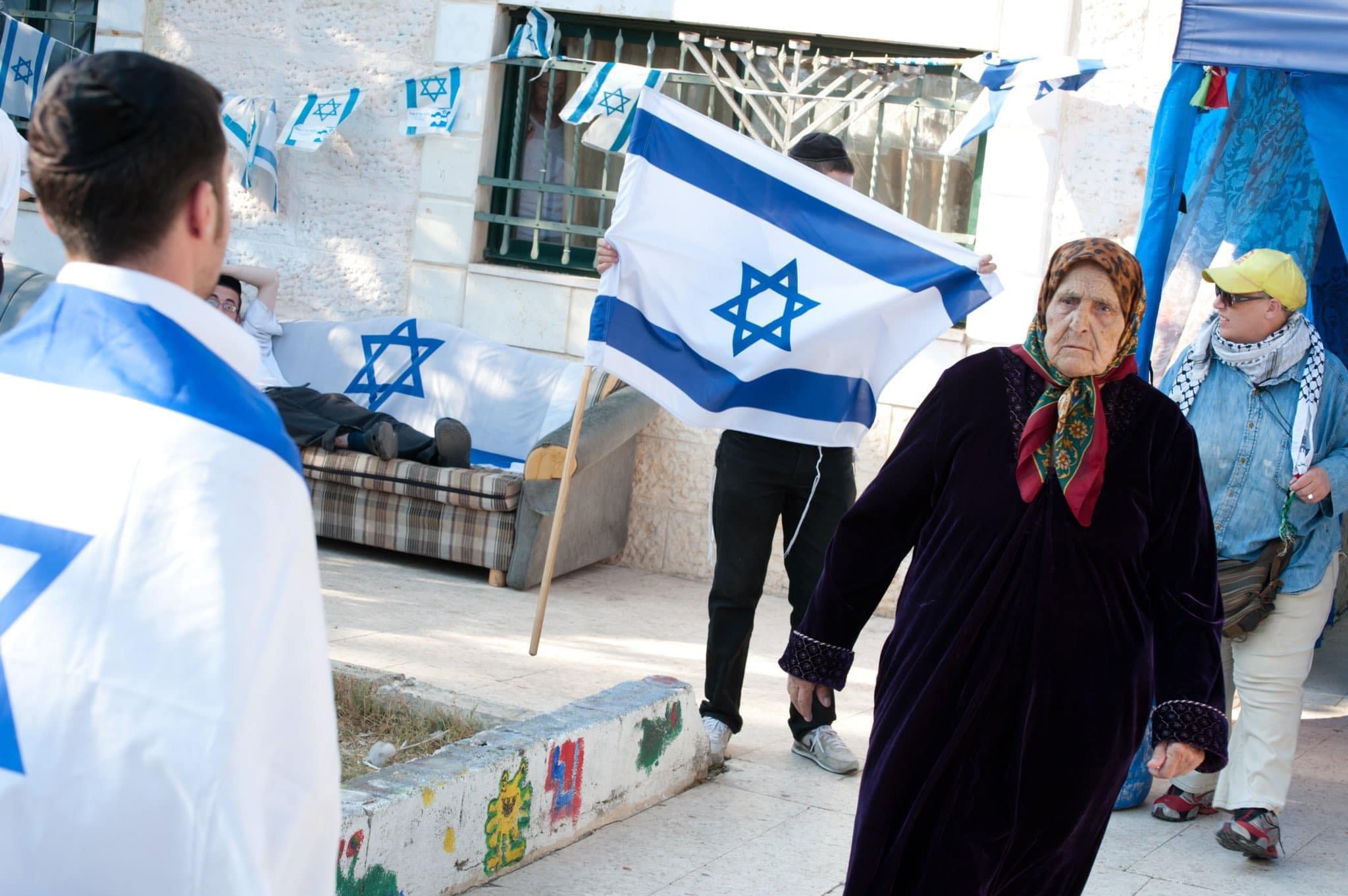
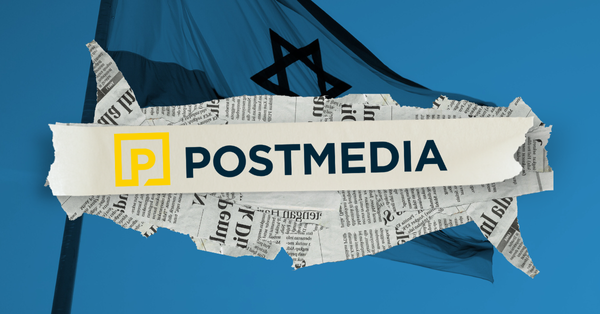
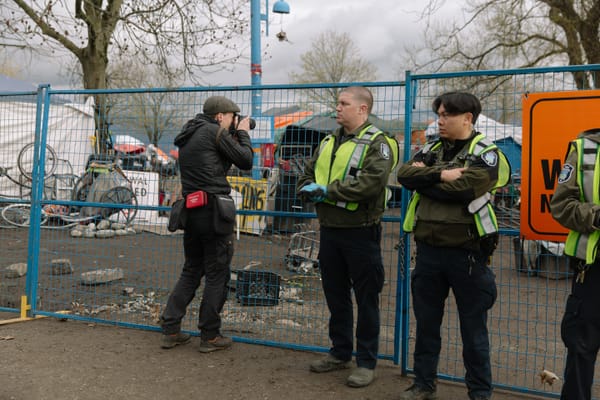
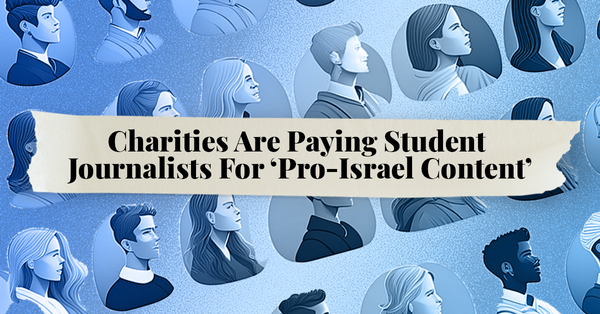

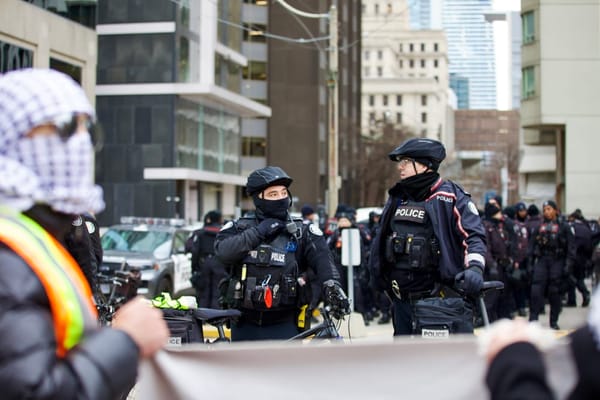
Member discussion